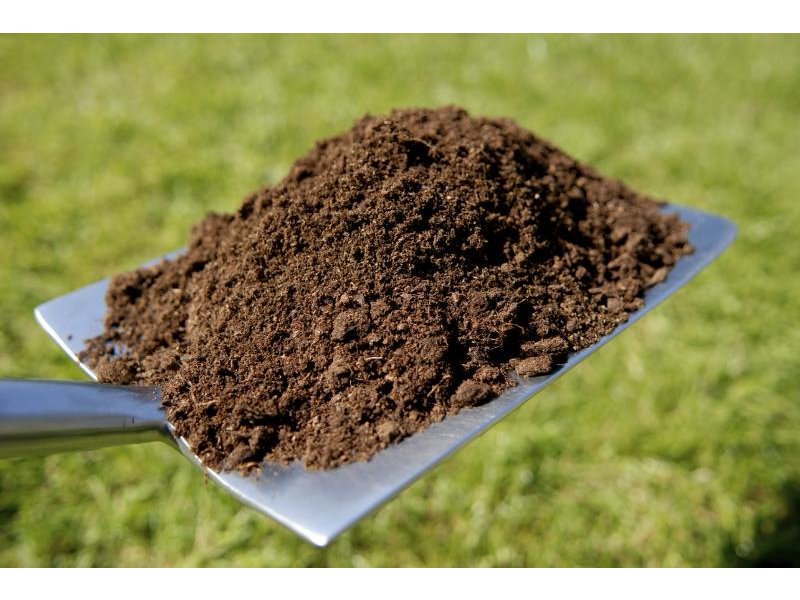Soil testing is an important part of managing a garden or lawn. The information obtained from testing will inform you as to the pH of the tested area and will help you determine what fertilization is needed and, more importantly, what fertilization is not needed. The pH level can be emended to some extent or can be used to select plants that thrive best at the tested levels. The soil nutrient information helps determine what nutrients to add so that you can support your garden but avoid the cost and economic impact of “over” or “incorrect” fertilizing.
Soil Tests CAN:
- Measure pH
- Measure nutrient levels
- Identify nutrient imbalances, excesses and deficiencies
- Identify elevated levels of heavy metals such as lead
- Be used to make lime and fertilizer recommendations
Soil Tests CAN’T:
- Identify drainage problems
- Identify insect or disease problems
- Assess if a plant’s cultural needs are met
- Identify environmental stresses, i.e. winter injury
- Detect organic chemicals such as pesticides or petroleum products
Taking a Soil Sample:
- Determine the sampling area
- Take 6 to 12 slices of soil evenly spaced throughout the area
- Place slices in a clean bucket
- Mix well
- Remove one cup for sampling
- Place in a labeled plastic bag
- Send to soil lab
To send, go to: http://www.soiltest.uconn.edu/
- Click on “Soil Testing”
- Click on the “PDF” link on the right column for whichever test is desired (probably #1)
- Fill out the submission documentation
- Note: The “sample ID” on the form is merely your own designation (e.g., sideyard,” “frontleft,” “rearmidl,” etc.) as to where the sample came from. You can use one form for up to 5 different samples, but have to pay a separate fee for each sample.
- Send to: UConn Soil Nutrient Analysis Laboratory, 6 Sherman Place, Unit 5102, Union Cottage, Storrs, CT 06269-5102
Soil Test Results:
- Concept is that you can estimate the availability of nutrients like phosphorus (P), potassium (K), calcium (Ca) and magnesium (Mg) by using chemical solutions to extract a portion of total nutrients from the soil
- We also estimate availability of micronutrients like iron, copper, zinc, boron, lead, etc. by extracting a portion of total amount of the nutrient from the soil


